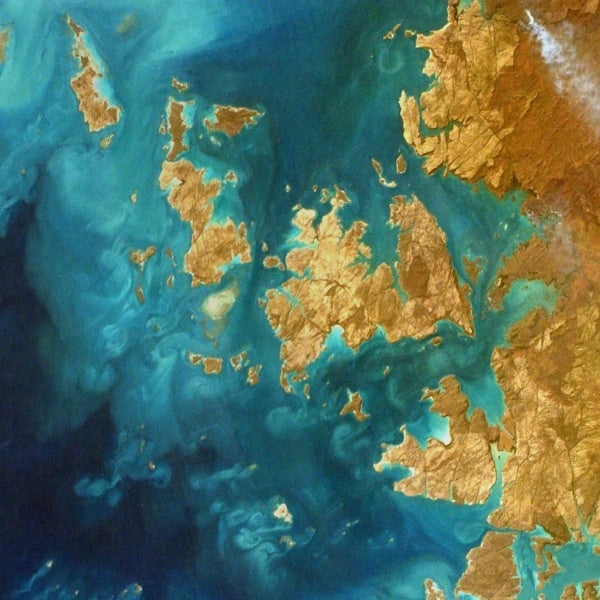In the U.K., as part of the New Year Honours List for 2022, David Peppiatt, director of humanitarian assistance at the British Red Cross, was awarded an Order of the British Empire (OBE) medal. When I first met David more than 15 years ago, the Red Cross had no connection at all with the insurance markets; indeed, its charter did not allow for involvement in risk mitigation.
I was pleased to share information about catastrophe insurance with the Red Cross and arranged a meeting with a Dutch reinsurer who had an empathetic approach to disasters, which reflected the flood vulnerability of the Netherlands. Since then, the Red Cross has been progressively more involved in international disaster risk management.
More recently, the Danish Red Cross has established an innovative finance and systems change team, which is mandated to modernize the Red Cross movement. Its objective is to improve humanitarian interventions with solutions that may stimulate innovations in procurement and involve transformative public-private partnerships.
This type of humanitarian initiative has been attempted over the past decade. At the time of the Ebola crisis in 2014, RMS® had meetings with the humanitarian aid organization Save the Children to discuss the feasibility of a pandemic bond, which would provide finance for early control of an emerging infectious disease.
Volcano Catastrophe Bonds
While attending last month’s 11th annual Cities on Volcanoes conference in Heraklion, Greece, I was introduced by Chris Newhall, doyen of volcanologists, to a young Ph.D. volcanologist who had just been hired to work on volcano catastrophe bonds.
Chris knew of my personal interest in volcano catastrophe bonds, which includes my discussions with the Italian Treasury over a Vesuvius bond. The appointment of a volcano cat bond analyst is a notable milestone in the cat modeling community. The position combines volcano risk assessment, cat bond issuance, and humanitarian assistance.
The background to this development was masked by the pandemic, which was the global focus of disaster risk attention in March 2021 when the first specific volcano cat bond was issued. It covered the risk of eruption of 10 volcanoes across three continents. It raised US$3 million from specialist cat bond investors, with the capital used to support aid in the aftermath of an eruption, by the sponsor: the Danish Red Cross.
Initial investors in the volcano cat bond included insurance-linked securities (ILS) specialist managers Plenum Investments, Schroder Investment Management, and Solidum Partners.
Although the sum raised is modest, Howden Broking is optimistic that further products and markets can be developed, helping bridge the insurance gap and allow greater access to insurance and the capital markets for the benefit of the charitable sector and those affected by natural disasters. The new post of a volcano cat bond analyst reflects this optimism.
Issued using Guernsey-domiciled Dunant Re IC Limited (named after Red Cross founder Henry Dunant), the innovative volcano cat bond features a parametric trigger based on volcano plume height. The 10 volcanoes in developing countries covered by the catastrophe bond all have at least 700,000 individuals living within a 100-kilometer (62-mile) radius of a potential eruption.
The volcanoes include: Popocatépetl in Mexico; Nevado del Ruiz in Colombia; Cotopaxi, Tungurahua, and Pichincha in Ecuador; Merapi and Raung in Indonesia; Villa Rica in Chile; Fuego in Guatemala; and Mt. Cameroon in Cameroon.
Volcano risk assessment has become a major global geoscience research enterprise, and there are now risk models available for most parts of the world that are threatened by active volcanoes. These new models will expedite the issuance of further volcano cat bonds by the humanitarian sector, enhance insurance risk pricing in areas that have significant exposure to volcano risk, and contribute to the RMS aspiration to Make every risk known℠.







